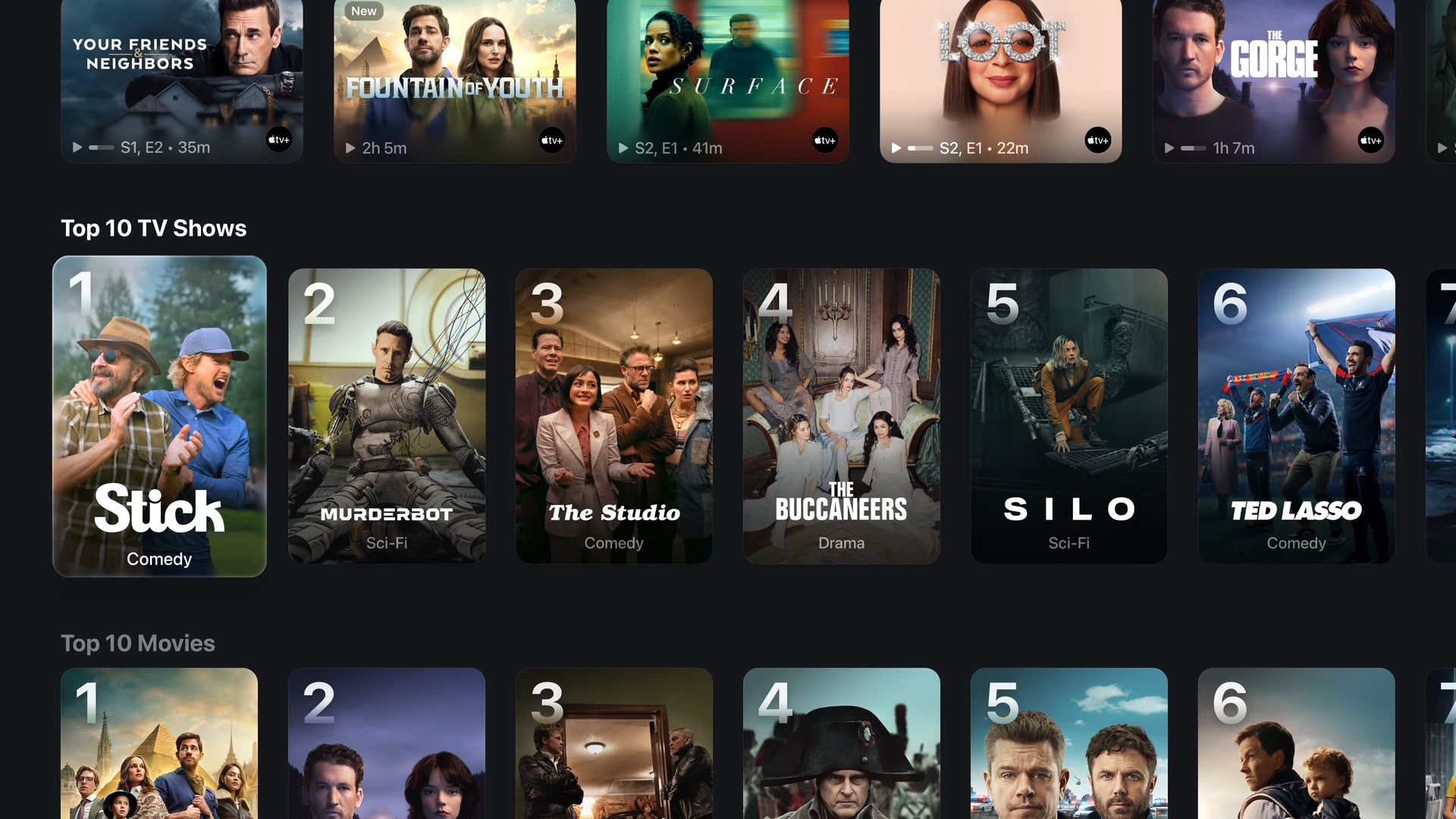Best multi-room speakers 2025: whole-home wireless speakers tried and tested
Great sound and easy multi-room music experience
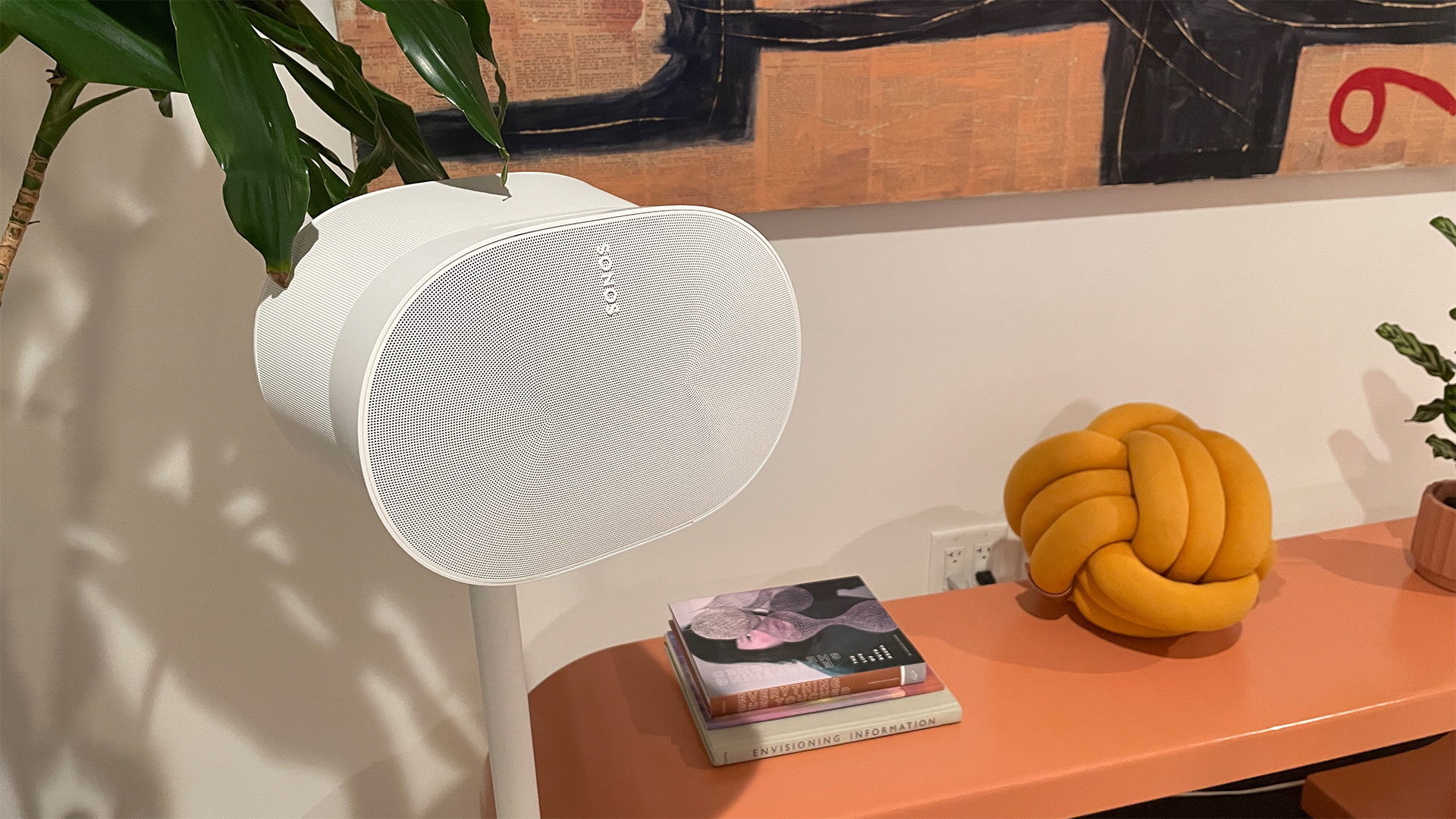
Multi-room speakers really are wonderful things, able to fill your whole home with music. But with so many available, and such wildly differing prices, how do you know which is right for you?
With our handy guide, that's how. We've pulled together only the best multi-room speakers to have graced our test rooms into one comprehensive list.
'Best' doesn't mean expensive, either. While our list does contain models around priced £400-£600 and above, we've also got a £50 model for more modest budgets.
We've been testing speakers of all stripes for nearly 50 years now, and with over 100 years of combined experience between us, we know a thing or two about what to look – and listen out – for.
We agree on review verdicts as a team rather than one individual tester to avoid bias, and always listen to speakers against their main rivals in their price category, so we know how they stack up against what else is available.
For more information, check out our how we test section below.
- Love multi-room and Apple? It's worth checking out our list of the best AirPlay speakers

I'm a senior staff writer who has listened to and reviewed dozens of products during my time at What Hi-Fi?, from multi-room speakers to portable Bluetooth speakers to wireless headphones. The best multi-room speakers need to make set up and connection a doddle, and have plenty of features besides, along with easy app controls. But first and foremost, they need to sound great. That's always our priority with speakers of any type, and the below tick all our boxes.
The quick list

Audio Pro's biggest, most powerful and most impressively specced speaker to date doesn't disappoint – it's a fantastic all-rounder.
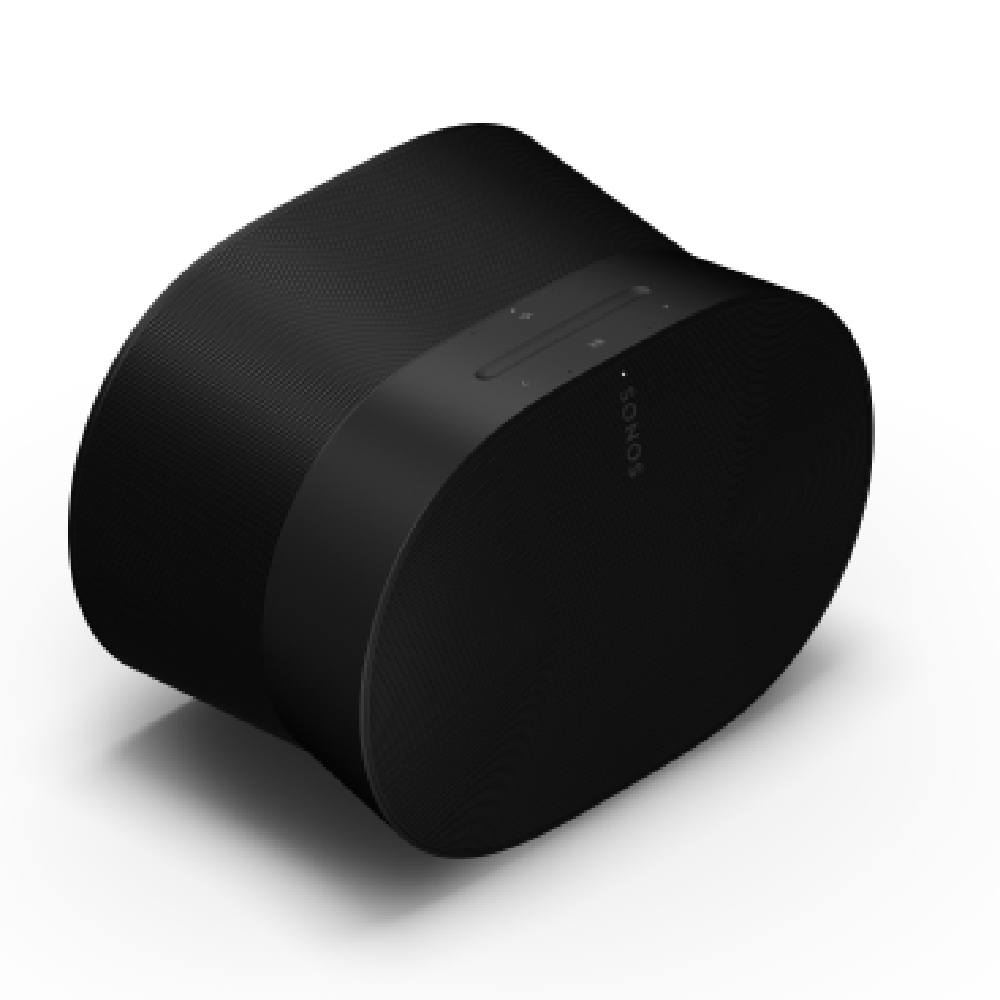
Sonos' flagship speaker is built for spatial audio, and because it's part of the Sonos family, it slots seamlessly into the multi-room setup.

The HomePod 2 is a no-brainer for Apple fans – with Siri and Apple Music baked in, it's the go-to for any Apple-powered households.

It's not cheap, but if you want the most premium multi-room speaker around, this is it.

Multi-room fans on a shoestring, look no further than the latest Echo Dot. For the money, it's the best of its kind.
Best overall





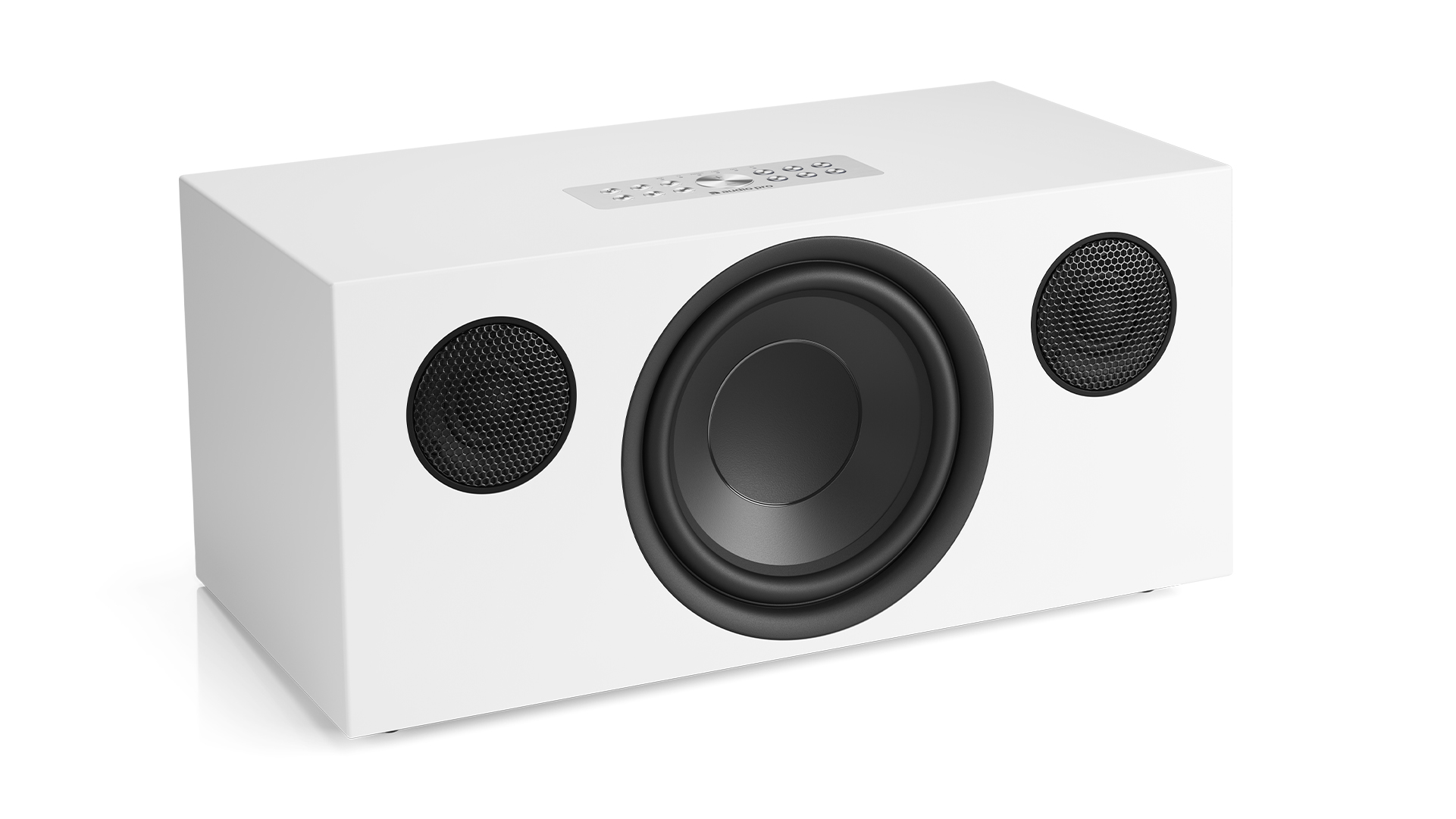







Specifications
Reasons to buy
Reasons to avoid
The Audio Pro Addon C10 MkII was an absolute barnstormer of a multi-room speaker – a tough act to follow. But the C20 goes above and beyond its predecessor's already impressive achievements.
It's the brand's biggest, most powerful and most impressively specced speaker yet, with a range of wired and wireless inputs, to give you the ultimate in flexibility for under £500. That's why it won a What Hi-Fi? Award.
With its minimalist, Scandi design, it looks like most other Audio Pro speakers around – pleasingly simple, a bit Ikea but in a good way. But it's much more solidly built than a plywood wardrobe, with a satisfying heft to it that screams quality.
As well as multi-room skills courtesy of Audio Pro’s own multi-room offering, there's AirPlay 2 and Google Cast for wireless playback up to 24-bit/96kHz, Bluetooth 5.0, Spotify Connect and Tidal Connect. And plenty of physical connections too: a set of RCA inputs, a moving magnet phono stage for your turntable, an optical input for digital sources, an HDMI ARC for connecting it to your TV and a sub out for adding a subwoofer into the mix. Phew.
In other words, it's all set to share your vinyl records to wireless speakers all over the house.
In terms of sound, it's big but refined, which is exactly how we like it. There's plenty of power and bass, but it's not short of focus and clarity. Regardless of how busy tracks get, it keeps everything cohesive and together-sounding.
With all the connections – physical and wireless – at its disposal, multi-room is just one string to the C20's bow. But it's something it does exceptionally well.
Read the full Audio Pro C20 review
Best for spatial audio


Sonos Era 300
(Image credit: What Hi-Fi?)





Specifications
Reasons to buy
Reasons to avoid
It seems that it isn't enough for the best multi-room speakers to just deliver great sound and a decent array of features anymore. Ever since Apple's mighty HomePod 2 landed early in 2023 with the ability to deliver the immersive spatial audio experience, the race has been on to see who could challenge the biggest dog on the block when it came to integrating the much-vaunted tech into their own speaker designs.
Enter the Era 300, Sonos’ more expensive rival to the HomePod 2 that looks to beat Apple at its own game.
With its unique, “cinched hourglass” shape, the Era 300 might be more of an acquired taste than most of the brand’s rather more conservative designs. But what isn't up for debate is how superbly the five-star Era 300 manages to perform.
In short, it is absolutely excellent.
Throw whatever you like at the Era 300, chances are it has it covered, filling our testing rooms with cohesive, spacious sound without a hint of a struggle.
Big choral numbers feel broad and immersive when playing spatial audio with Dolby Atmos tracks, but the Era 300 excels with all genres. Hip-hop, classic rock, soundtracks, it’s all covered with ease.
Yes, it’s expensive and yes, it smacks of a rip-off having to pay 20 quid extra for a wired connector, but the Era 300 has earned the right to be cheeky. It comes with all the bells and whistles of Sonos's exhaustive app, making multi-room playback a doddle if you have multiple Sonos speakers or soundbars around your home. (Fingers crossed all the remaining app bugs are ironed out soon.)
A truly five-star performer, and one of the best multi-room speakers we’ve tested in a good while. A reminder that, despite Sonos' recent woes, the company still makes some stunning products.
Read the full Sonos Era 300 review
Best for Apple users







Specifications
Reasons to buy
Reasons to avoid
The HomePod 2 might look identical to its predecessor, but under the hood it's all change.
Sonically, it's a real improvement on the original, especially in the bass notes – they hit with a greater degree of precision than the first HomePod's (hence it winning a What Hi-Fi? Award).
It's better elsewhere too, with a more organised presentation in terms of both soundscape and rhythms, more solidity and greater tightness. All of which make it a more fun speaker to listen to.
And that's all before we get to the multi-room element. It's beautifully simple to set up and manage, but as with most Apple devices, there's a caveat: you have to be deeply ensconced within Apple's ecosystem in order to reap all the benefits.
For example, its primary wireless connection needs Apple's AirPlay 2 protocol, the only music streaming service it natively supports is Apple Music, and Siri is the only virtual assistant you can use. If you're not an Apple fan, look elsewhere.
If you are an Apple fan, however, you're in for a treat. Especially when you experience its real-time, surroundings-based sound optimisation – move it to another room, and you can hear it adjusting its output to match the new layout. Very smart.
Read the full Apple HomePod 2 review
Best premium






Specifications
Reasons to buy
Reasons to avoid
At What Hi-Fi?, we know full well the value of revisions. Yet still, it was quite the surprise when first we heard about one made by Naim with its second generation of the Mu-so Qb wireless speaker.
The previous iteration was great, earning five stars when it was first reviewed. This version, however, is truly phenomenal – it's won a What Hi-Fi? Award for an incredible six years in a row.
You can now choose between an Olive, Terracotta or Peacock grille alongside the standard black, but the best tweaks Naim has made go far deeper. Remove whatever colour grille you've gone for and you'll be rewarded with upgraded and optimised midrange and bass drive units, all powered by a total of 300W of amplification.
This is peak Naim, so the sound is exactly as rich and pleasing as you'd expect. The tweaks might not have been extensive, but they make a noticeable difference when you fire your Mu-so Qb up and really let it loose.
Treble response is lively and open, with a satisfyingly meaty bass delivered with punch, precision and panache. The second generation also improves markedly on its predecessor’s timing and dynamic range, thriving when delivering snappy rhythmic patterns and sparky numbers.
Belying its box-like dimensions to deliver a truly satisfying experience, the Mu-so Qb 2nd Generation is the best premium multi-room speaker around.
Read the full Naim Mu-so Qb 2nd Generation review
Best budget








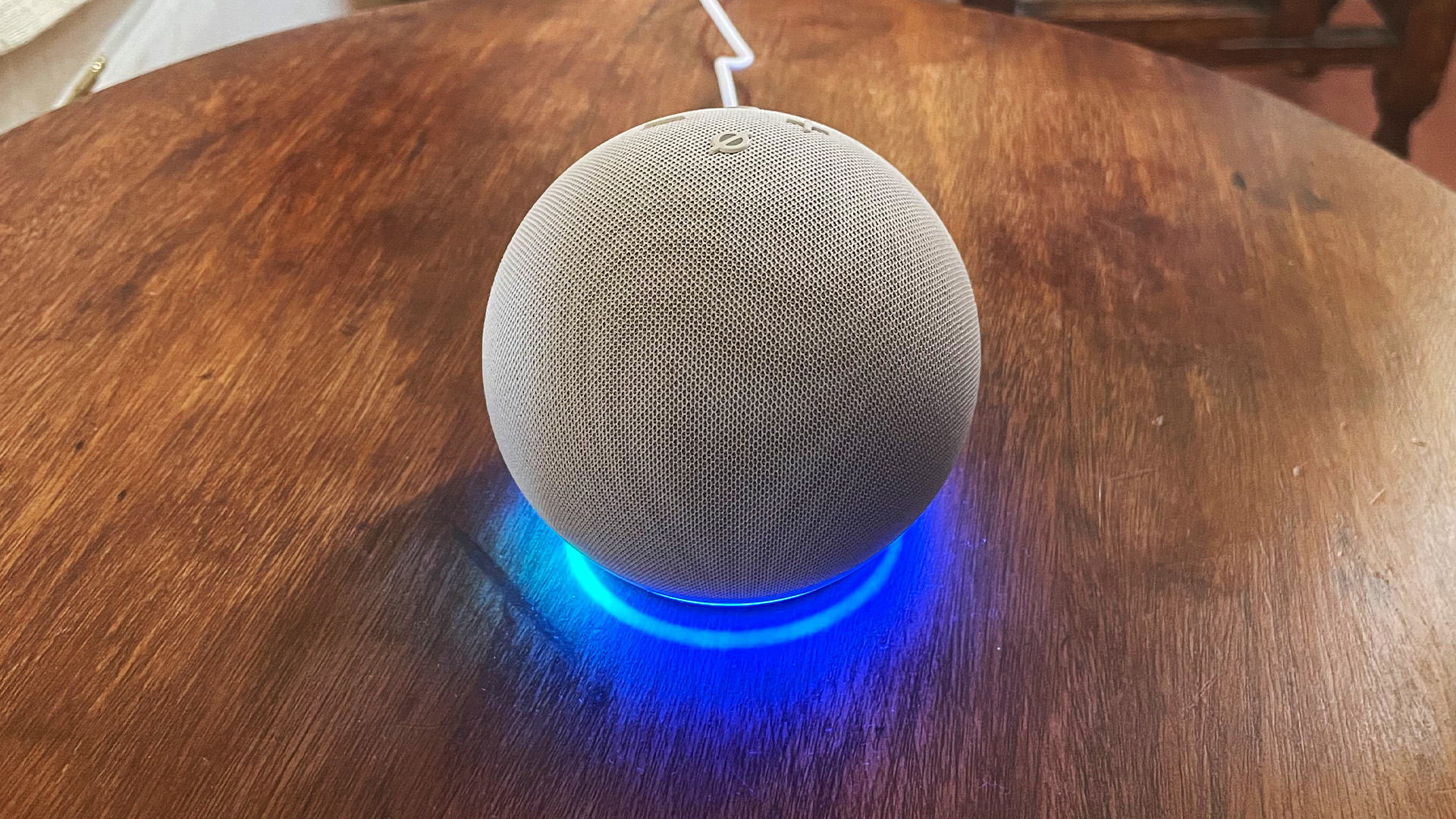

Specifications
Reasons to buy
Reasons to avoid
Amazon's smart speaker range has become big business in the past decade or so, with Alexa becoming almost synonymous with the whole concept of integrated, domestic AI.
The latest addition to this wildly popular series of affordable smart speakers is the Echo Dot (5th Generation), a tempting performer that practically gives itself away thanks to its meagre asking price and five-star quality.
Not that the Dot feels cheap. Whereas once Alexa was a one-note performer capable of answering basic questions about the weather or what is the name of the capital of France, now it's as filled to the brim with skills and knowledge as Keanu Reeves after he's been uploaded with various handy computer programs (although it doesn't, as of yet, "know Kung fu").
The Dot's cybernetic assistant is more helpful than ever before, stuffed with so many tricks and quirks that you will often find yourself falling into the trap of speaking to Alexa as though it were a real person.
The audio has come a long way, too. We weren't hugely keen on the sound of Amazon's early Echo models, but the trajectory has been very much one of continual improvement courtesy of Jeff Bezos' tireless team of audio tinkerers.
Amazon's so-called “best-sounding Echo Dot yet” lives up to its billing thanks to a single 44mm front-firing speaker (4mm larger than the previous gen’s 40mm), offering sound that feels, for the size, weighty, listenable and surprisingly versatile.
At this price, you'd be hard pressed to find a better speaker capable of multi-room.
Read the full Amazon Echo Dot (5th Generation) review
Also consider
The best multi-room speaker alternatives we've tested:
Sonos Era 100: This replaced the excellent Sonos One, and while it lacks the spatial audio support of the Era 300, it is a very worthy Sonos speaker in its own right. It sounds better than the One – open with a keen sense of space, and plenty of detail and precision – and adds Bluetooth and a USB-C port for hooking up a turntable using a line-in adapter.
Apple HomePod Mini: For a taste of the HomePod 2 at under £100, the Mini is a wonder. It packs the same skills and effortless usability (for Apple users, that is), just with a smaller scale sound. Another What Hi-Fi? Awards winner.
Audio Pro Addon C10 MkII: A redesigned bass port brings significant low end to this Audio Pro speaker, making it one of the best multi-room offerings at its price. It too picked up a What Hi-Fi Award in previous years.
How to choose the best multi-room speaker for you
You might have your eye on a complete multi-room system, but you don't have to buy it all at once. You can start with one or two speakers and expand from room to room, spreading the cost over months or even years.
You don't even have stick to one brand of speaker, but if you do mix and match, check that the speakers have the same streaming tech built in (AirPlay 2 or Google's Chromecast, for example).
Most systems are now compatible with voice assistants such as Siri, Google Assistant and Amazon's Alexa. You can opt to listen to the same song in every room, or a different song in each room, ensuring a harmonious home in more ways than one.
Sonos' multi-room speakers are the most recognisable, and with good reason. They're intuitive and generally sound fantastic. But there are plenty of rivals, too, all serving tempting features such as support for hi-res audio files or your favourite streaming service, Bluetooth connectivity and more.
How we test multi-room speakers
At What Hi-Fi? we comprehensively test and review every product we recommend, from soundbars to speakers, headphones and TVs. And it's no different for multi-room speakers.
We have state-of-the-art testing facilities where our team of experienced, in-house reviewers, test all of the speakers we review.
What Hi-Fi? is all about comparative testing, listening to one set of speakers up against the next, to figure out exactly how they differ and what each one does best. We keep class-leading products in our stockrooms so we can compare new products to ones we know and love.
We are always impartial and do our best to make sure we're hearing every product – including multi-room speakers – at their very best. So we'll use different partnering products, experiment with speaker positioning, try plenty of different types of music, and give them plenty of listening time (and time to run in).
Alongside sound quality, multi-room speaker systems are also tested for their various features, ease of set-up and use, including using voice assistants where included.
We aim to test multiple products in each family as well to gauge how it operates in a genuine multi-room experience, usually involving at least two wireless speakers and a soundbar, but this will vary depending on each system's product line-up.
All review verdicts are agreed upon by the team as a whole rather than an individual reviewer to eliminate any personal preference and to make sure we're being as thorough as possible. There's no input from PR companies or our sales team when it comes to the verdict, with What Hi-Fi? having decades of delivering honest, unbiased reviews.
For more, check out our how we test page.
MORE:
Sonos: everything you need to know
Here are the best wireless speakers for every budget
Bag a bargain: best speaker deals
F.A.Q.
Is multi-room audio worth it?
Yes. It allows you to listen to music throughout your home, so either the same track can follow you from room to room, or you can play different ones in each room to set different moods.
How much does a whole house sound system cost?
It depends on which brand you go for, how many speakers you want in each room and how many rooms you have. Multi-room speakers start from about £100 / $100 / AU$200 (though the Amazon Echo Dot is much cheaper), and can cost into four figures.
Which sound system is best?
Sonos has remained one of the most popular in the 20-odd years since it launched, and with good cause: it's simple to use, the app is a breeze (when it's not being borked, that is) and the speakers sound very good. Its range now includes soundbars, subwoofers, spatial audio speakers, portable models with Bluetooth and more. But other systems trump it for sound quality and price.
To see which other whole-home systems you should consider, check out our article on the best Sonos alternatives.
What is a multi-room speaker?
It's quite simply a speaker that can communicate with others on the same wireless network. While some Bluetooth speakers can form their own network, multi-room generally refers to wi-fi-enabled speakers that can simultaneously play the same or different audio on each speaker.
Recent updates
- 17th July 2025: Added a new entry in the Q&A section. Updated intro to remove focus on Sonos' woes of the last year or so.
- 11th April 2025: Updated intro to reflect recent Sonos developments.
- 27th January 2025: Rewrote into to include Sonos' CEO resigning. Added mention of What Hi-Fi? Award winners to product descriptions.
- 16th September 2024: Rewrote intro. Deleted duplicate headings in 'The Quick List' entries. Bolded advisory text in 'How to choose'. Added more 'Back to the top' navigation tools.
- 24th June 2024: Transferred to new Best Buy format. Rewrote intro. Added Audio Pro C20, dropped Sonos Era 100, Sonos One, Audio Pro Addon C3, Audio Pro Addon C10 MkII, Apple HomePod Mini, Naim Mu-so 2, Sonos Roam and Bowers & Wilkins Formation Duo from main list.
- 18th January 2024: Rewrote intro.
- 3rd April 2023: Added Sonos Era 300 and Era 100. Dropped Amazon Echo Plus (2nd Gen) and JBL Link Portable.
Today's best multi-room speaker deals
The latest hi-fi, home cinema and tech news, reviews, buying advice and deals, direct to your inbox.

Harry McKerrell is a senior staff writer at What Hi-Fi?. During his time at the publication, he has written countless news stories alongside features, advice and reviews of products ranging from floorstanding speakers and music streamers to over-ear headphones, wireless earbuds and portable DACs. He has covered launches from hi-fi and consumer tech brands, and major industry events including IFA, High End Munich and, of course, the Bristol Hi-Fi Show. When not at work he can be found playing hockey, practising the piano or trying to pet strangers' dogs.
- Joe CoxContent Director
- Joe Svetlik
